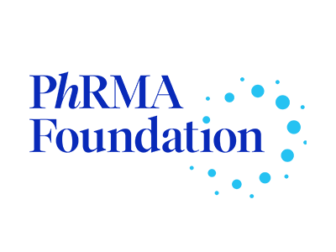Marcus A. Garcia, PharmD

Measuring Microplastics in the Placenta and Their Impact on Fetal and Maternal Health
Summary
The amount of microplastics in our environment is doubling about every 12 years due to the breakdown of larger plastic items. These small plastics — tiny particles less than 5 millimeters in size — are capable of moving into the tissues of living organisms, potentially interfering with the body’s ability to distinguish between its own cells and foreign particles and affecting embryo development. I have developed precise methods to measure plastic content in the placenta, and my initial findings show placental tissue contained an average of 130 micrograms of microplastics per gram of tissue. My data also suggests that higher plastic levels in the placenta are linked to lower APGAR scores, a system used to assess newborn health, indicating potential health impacts. I hypothesize that microplastics are absorbed in the gut with fats and delivered to high metabolism tissues like the placenta, possibly disrupting its function and affecting fetal development. This pioneering research aims to provide new insights into the health effects of microplastics and help develop strategies to minimize their impact on maternal and fetal well-being, offering potential benefits for future generations.
Watch a Q&A with Marcus
As a pharmacist and toxicologist, this honor resonates deeply with the significance of my research in addressing the urgent global issue of microplastic pollution and its effects on human health. This award propels my research forward, providing vital resources that will significantly impact the trajectory of microplastic research. With this award, I am empowered to expand my investigations, collaborate with experts across disciplines, and amplify awareness of the critical importance of microplastic research. It allows me to extend my reach, influence policy, and drive meaningful change towards a cleaner, healthier future.

